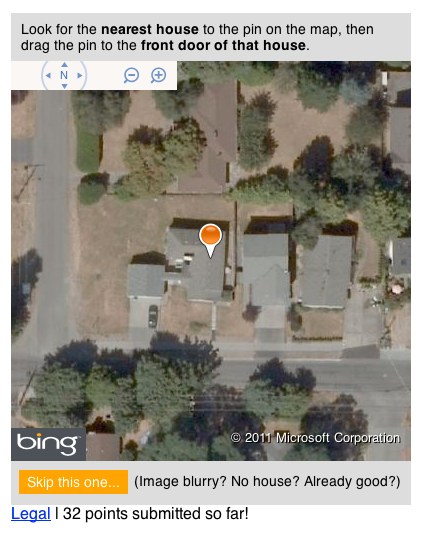So I’ve had some time to get over my jet lag and reflect on this conference held at the Googleplex last week, the
conference website is now public.
I had a great time, the trouble with being an earth scientist/KML developer/educational expert as I am is that I never quite fit at any conferences I go to. This one was an exception, as an example: on the bus on the field day I had a conversation with the colleague sitting next to me about extractind DEM data from Google Earth, then switched to talking to the colleague behind me about the value of project based teaching in US schools. Then we hopped out of the bus and went and looked at rocks. Ace!
So cherry picking things that stood out for me:
Avatars in GEarth: Steve Wild and Mladen Dordevic described the latest progress on getting communicating avatars into GEarth for the purpose of group teaching geology (disclosure: I’m a consultant to this project). Using JavaScript they can have avatars communicating and sharing locations with each other, its early days but I heard a lot of enthusiasm for the idea at the conference (no link yet but I think
watch this space for news and to see other parts of the project)
Paper works so use Paper: In discussing getting students to understand the concept of the mid Atlantic ridge Heather Almquist described an activity where instead of getting students to use the new Cross section facility she got them instead to read off results and plot them on a piece of paper, ‘they don’t understand the concept of a cross section if you don’t’ (
abstract). I’ve always advocated appropriate use of technology and this seemed a great example of not overusing technology.
Powers of 10: I’ve heard it said that an inspiration for Google Earth was the powers of 10 film
by Eames and Eames. I remember being mesmerised by it as a kid (
blog post tribute), Ron Schott gave a keynote describing his use of Gigapan photography. I like gigapans but I was more impressed by a sequence where Ron presented a series of gigapan views each a subsection of the one before. It reminded me of the powers of 10 film and sparked an idea I might apply sometime in the future.
GEarth API Twins: Another of Ron’s smart ideas was to put two instances of a GEarth API of the same view next to each other. This can be used to match geological strata as he showed or to render an overview of a region while the user flies into the second twin which he didn’t. I can’t find an example of showing geology but for an idea of what a ‘twin’ is
this uses twins to show the antipodes of any location.
Into the Googleplex: Finally, it was fascinating to visit the Googleplex having heard so much about it (
video tour). I expected to see the fun stuff but what hit you was the youth of almost everyone there, hardly a grey head to be seen and the perks of being a googler: fantastic free food, wifi enabled luxury buses taking you home and (the visual memory that is strongest for me) an infinity pool big enough for 2 googlers looked after by an attentive life guard under an umbrella in the early evening of a January day.
